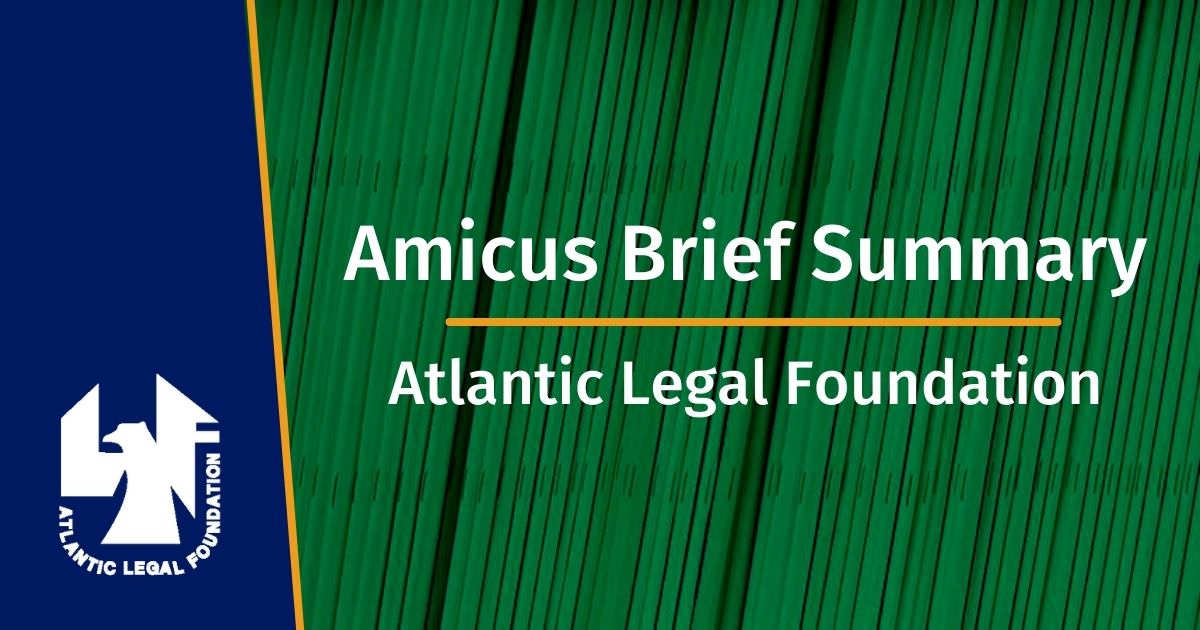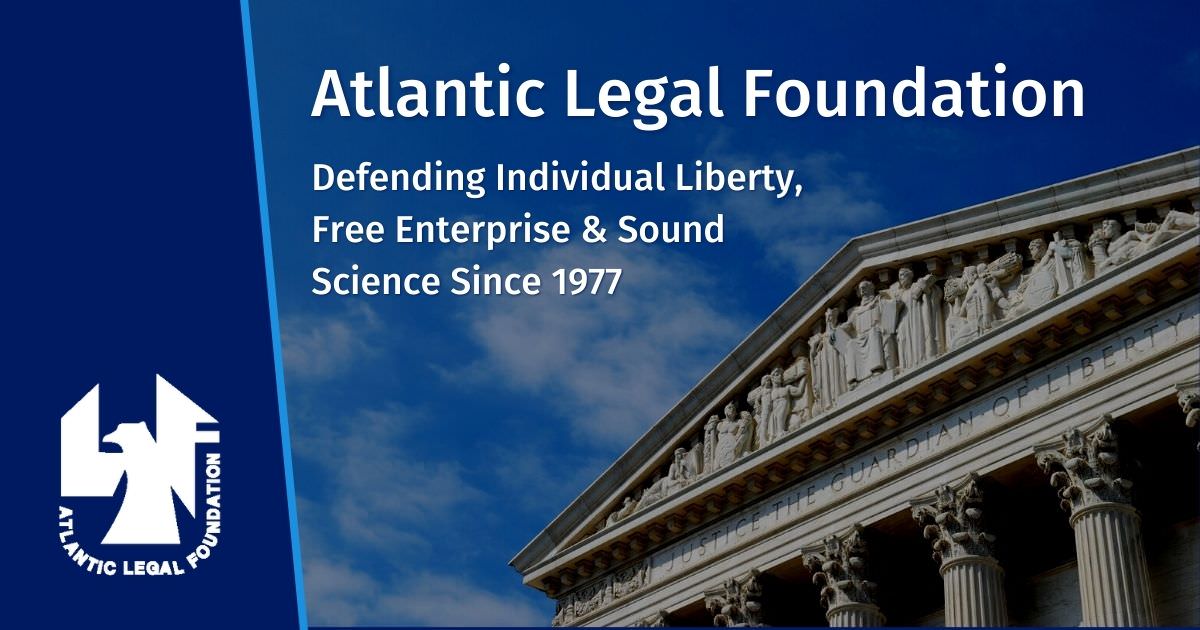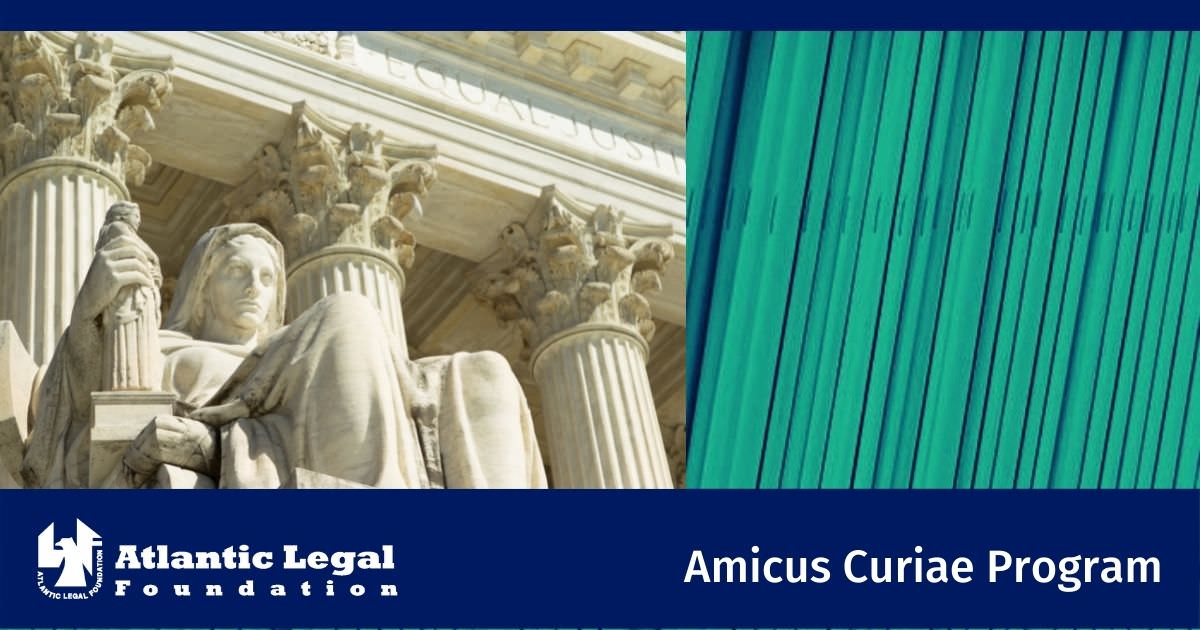
Daubert: Presence of PCB and Nickel Disproven by Government’s Own Test
Petitioner, Alcan Aluminum Corporation (Alcan), appealed from a judgment of the United States District Court for the Northern District of New York (McAvoy, J.) entered on November 14, 2000, finding the company jointly and severally liable to plaintiffs United States of America and the State of New York (collectively, the government), for response costs incurred at two hazardous waste sites under, among other state statutes, CERCLA, 42 U.S.C. §§ 9601-75. Alcan now files a Petition for Certiorari from the Second Circuit. Critical to the court below’s affirming of the district court was the expert testimony on the presence of two hazardous materials.
Issue Areas:
Sound Science
Case:
Alcan Aluminum v. US, (US) (petition stage)
Question(s) Presented:
Whether liability under CERCLA was properly found when it relied on dubious expert testimony that was contradicted by the government’s own tests on the presence of two hazardous substances.
ALF’s Amicus Brief:
ALF argues that the Second Circuit did not specify what evidence it relied upon in determining the presence of PCB’s and nickel, and therefore based its decision on the district court’s acceptance of a mere hypothesis forwarded by two expert witnesses, which was falsified by numerous tests performed by the government itself on the two waste sites. Daubert v. Merrill Dow Pharmaceuticals, Inc., 509 U.S. 579 (1993), Kumho tire Co. v. Carmichael, 526 U.S. 137 (1999), and Fed. R. Evid. 702 require that to be admissible expert testimony must be reliable. The fundamental measure of reliability is whether a hypothesis has been or can be tested. Although Daubert and its progeny have primarily focused on excluding unreliable testimony from being introduced to a jury, the same principles should prevent judges from relying on such testimony during a bench trial, especially where as here, there is data that is actually derived from repeatable tests that contradict the unsupported assertions of an expert.
The tests conducted on the lagoon at issue found no nickel present in them and found PCB’s only in the top layer. Given the the multiple contributors to the waste accumulated in the site and the time at which Alcan dumped their emulsions, a critical question of fact arose as to the behaviors of PCB’s when they are dumped with a concrete mix, whether they would float, sink or remain in the middle layer as more waste was dumped on top of it. The district court relied upon an expert witness who contended against the data present, and against the opinions that were supported by the tests and data derived therefrom, that the alleged PCB concrete mix would float to the top layer. Under cross examination this expert, Doctor Connolly testified that neither his firm nor any other scientist had ever tested the behavior of the chemical mix in question, and therefore there is no scientific evidence supported the hypothesis that such a chemical mixture would behave as the Doctor speculated it would. Another expert called this testimony “highly speculative” yet it is what the district court chose to rely on to assign Alcan liability.
ALF asks the Supreme Court to clarify that judges sitting during a bench trial may not rely on evidence that fails to meet the standards of scientific rigor demanded in the field relevant to the issues of material fact before it.
Status:
On January 12, 2004, Petition for Certiorari was denied.
Date Originally Posted: December 9, 2003





